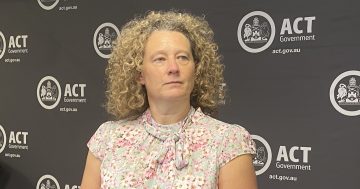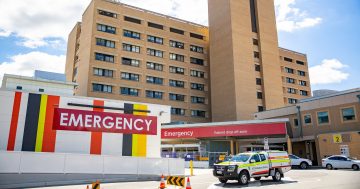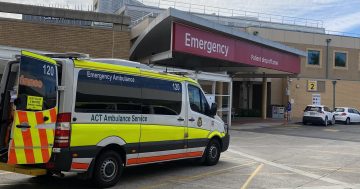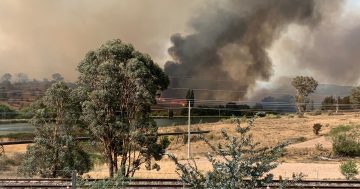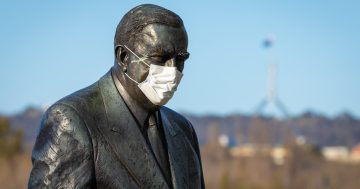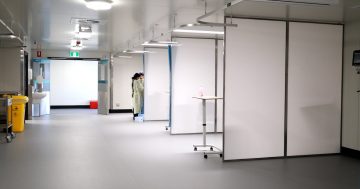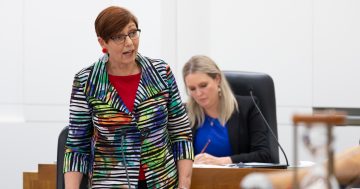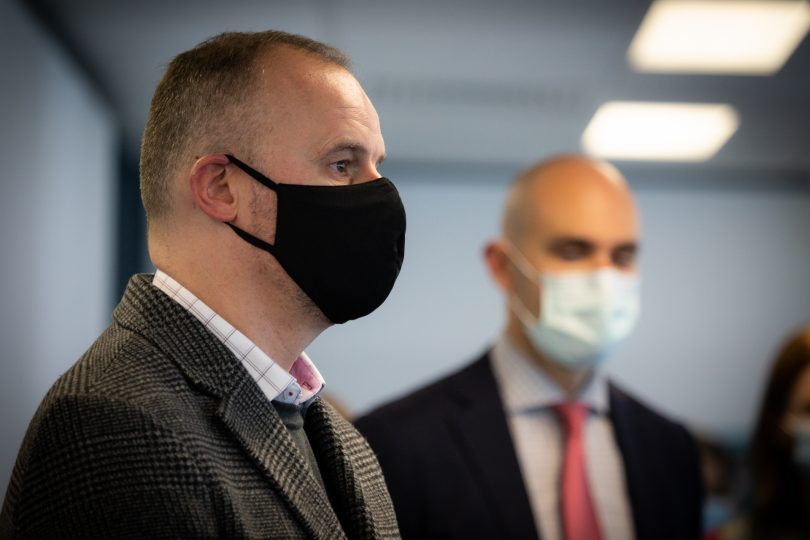
From 6 pm tonight, indoor mask rules will be all but scrapped, although health authorities strongly recommended they continue to be worn. Photo: Michelle Kroll.
From 6 pm tonight (25 February), the ACT’s indoor mask mandate will be lifted with masks only required in a few select, high-risk settings.
But despite the legal, enforceable requirement to wear a mask coming to an end, health authorities are encouraging Canberrans to continue wearing them, so don’t throw them away just yet.
Here’s what you need to know.
Where will masks still be mandated?
In the following settings:
- On public transport, including buses, light rail, taxis, rideshare and demand response vehicles. Drivers will also need to wear them.
- An employee or visitor in a high-risk setting, including hospitals, residential aged care facilities, correctional facilities, or residential accommodation facilities.
- As a worker who provides services to a person with a disability.
- As a worker for in-home and community aged care providers.
- As a staff member or visitor in all indoor spaces at a school or early childhood education and care setting. High school students (years 7 to 12) are also required to wear a face mask while in an indoor space at school.
- Inside the Canberra Airport terminal or on a domestic flight in or out of Canberra Airport.
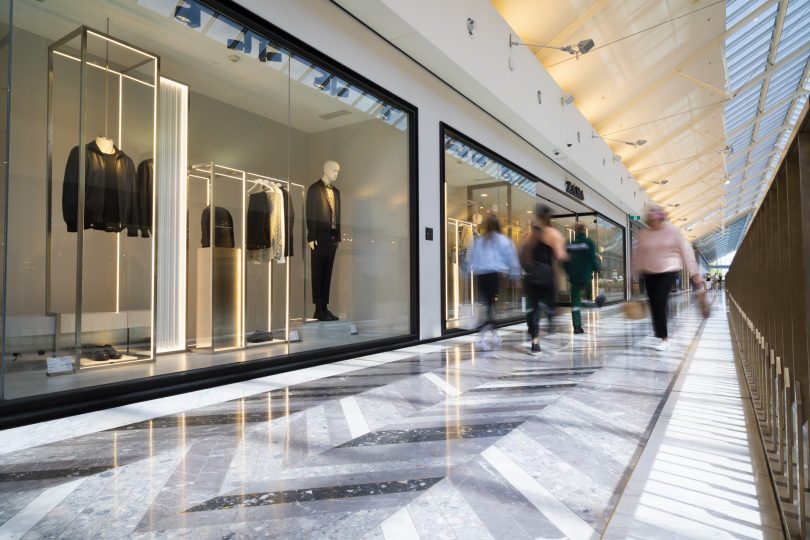
Masks are recommended in indoor settings, even after the mandate is dropped. Photo: Thomas Lucraft.
Where are masks “strongly recommended”?
Basically, everywhere.
The best advice is that masks should still be worn in places where maintaining physical or social distance is either impossible or extremely challenging.
Think busy shopping centres, cafes, bars or restaurants and supermarkets.
Are businesses still allowed to make their own mandates?
Yep. And they are especially important in places where businesses serve customers or clients who may be vulnerable. For example, you might be asked to wear one in a GP surgery or pharmacy.
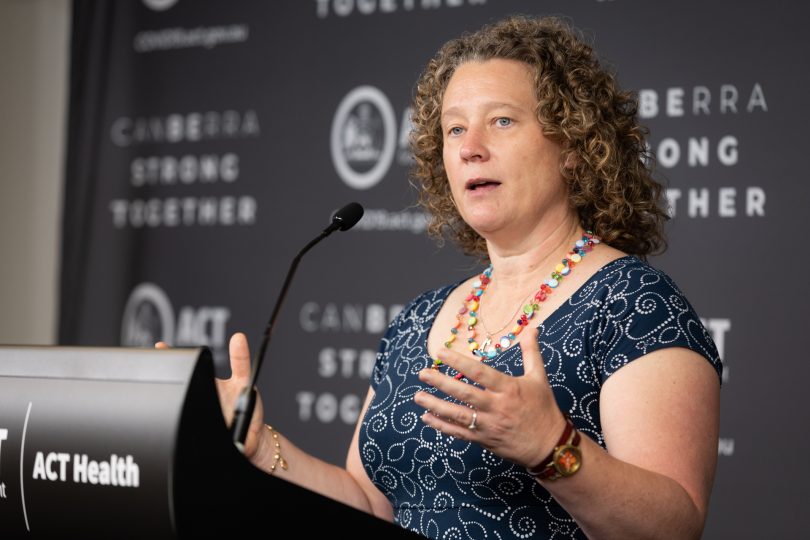
ACT Chief Health Officer Dr Kerryn Coleman said public health decisions are a balancing act between human rights and health settings. Photo: Michelle Kroll.
Why lift the mandate if we are still asked to wear a mask?
As you’ve probably gathered by now, the end of the mask mandate shouldn’t be taken to signify the end of the advice to wear a mask.
Chief Health Officer Dr Kerryn Coleman was asked why bother lifting the mandate at all. Her answer was that it’s a “balancing act”.
Throughout the pandemic, health authorities in the ACT have often spoken about the need to weigh up the human rights impacts of a mandate with public health. Right now, they say the stable COVID-19 situation in the ACT means the mandate can be lifted.
It doesn’t mean all risk is gone, however, and that’s why it’s still strongly recommended people keep the masks on.
Dr Coleman said the community has also proven to be adept at coming on board and following public health advice – even when it’s not ‘mandated’.
Is this the end of the masks for good?
Probably not.
Yesterday’s announcement of eased restrictions came with a warning from Minister for Health Rachel Stephen-Smith – if needed, the masks will be back.
“The situation can change very quickly, and we’ve said throughout the pandemic that we will never say never,” she said.
“We will constantly be looking at the situation and taking the advice of the Chief Health Officer.”
Forward planning is underway to help the ACT manage a potential spike of COVID-cases in winter, which could be combined with a flu outbreak.
What’s happening in NSW and Victoria?
NSW and ACT are now following the same path. The major difference between NSW and the ACT will be that in NSW, masks will be scrapped entirely for students at staff at schools from next Monday (28 February).
From tomorrow, masks will be mandatory in settings like public transport, hospitals and aged care facilities.
Similarly, in Victoria, from 11:59 pm tomorrow, masks will be lifted in almost all indoor settings.
The mandate will remain in place in settings like public transport and hospitals, as well as for workers in hospitality and retail.
Primary school students from year three upwards will also still be required to wear a mask in the classroom, which the Victorian Government attributed to a lagging vaccination rate in that age group.












